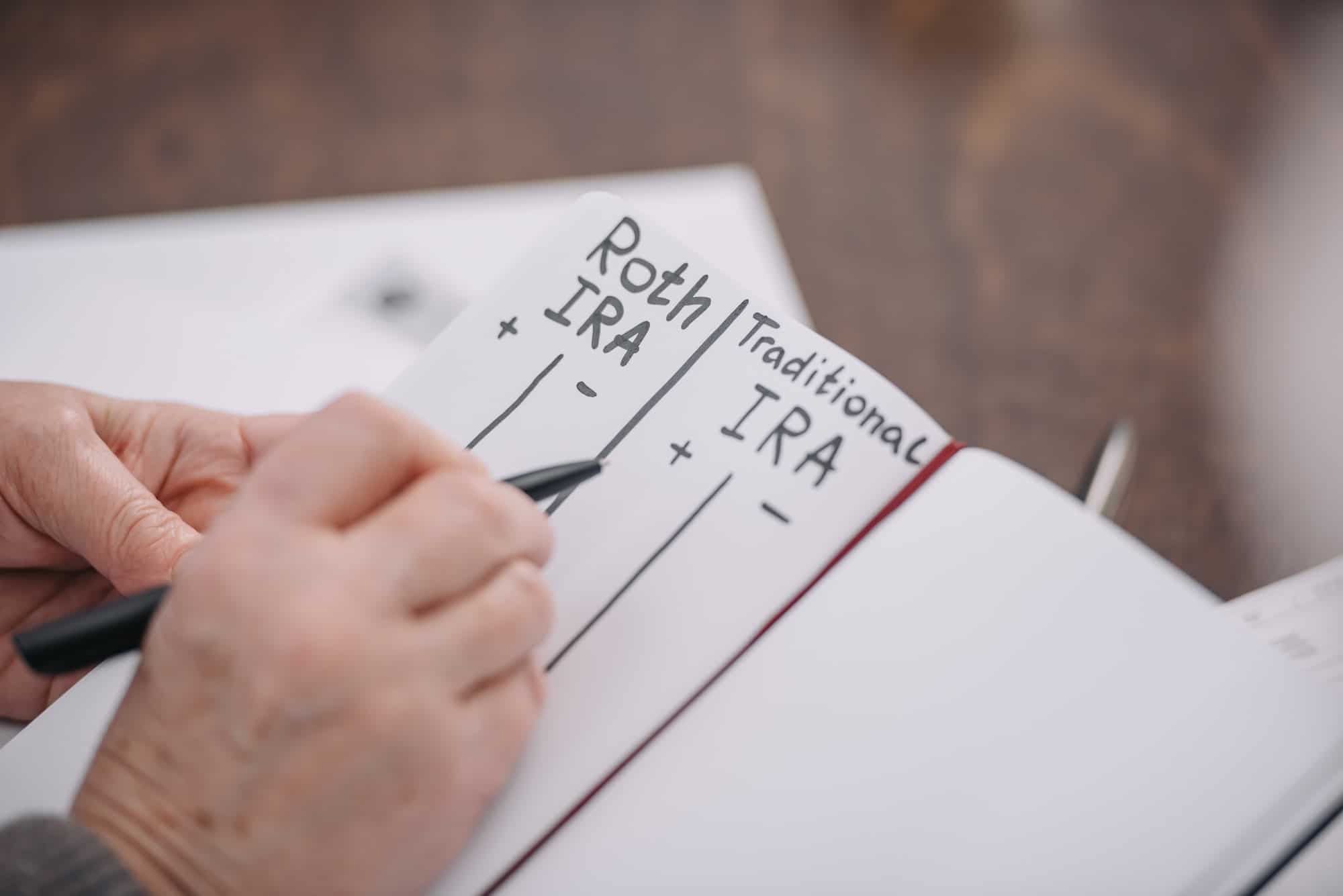Inheriting an IRA may seem like a good thing, but there can be tax consequences if you aren’t careful. If you inherit an IRA, you should check with an attorney or financial advisor as soon as possible to find out your options.
IRAs are personal savings plans that allow you to set aside money for retirement and get a tax deduction for doing so. Earnings in a traditional IRA generally are not taxed until distributed to you. At age 72 you have to start taking distributions from a traditional IRA. Earnings in a Roth IRA are not taxed, nor do you have to start taking distributions at any point, but contributions to a Roth IRA are not tax deductible. Any amount remaining in an IRA upon death can be paid to a beneficiary or beneficiaries.
Spouse as beneficiary
If you inherit your spouse’s IRA, you can treat the IRA as your own. You can either put the IRA in your name or roll it over into a new IRA. The Internal Revenue Service will treat the IRA as if you have always owned it. If you are not yet 72, you can wait until you reach that age to begin taking minimum withdrawals. If you are over 72 and were 10 or more years younger than your spouse, you can use a longer joint-life expectancy table to calculate withdrawals, which means lower minimum withdrawal amounts. If you inherit a Roth IRA, you do not need to take any distributions.
You can leave the account in your spouse’s name, but in that case you will need to begin taking withdrawals when your spouse would have turned 72 or, if your spouse was already 72, then a year after his or her death. If you want to drain the account, you can use the “five-year rule.” This allows you to do whatever you want with the account, but you must completely empty the account (and pay the taxes) by the end of the fifth year after your spouse’s death.
Non-spouse as beneficiary
The rules for a child or grandchild (or other non-spouse) who inherits an IRA are somewhat different than those for a spouse. You must withdraw all of the assets in the inherited account within 10 years. There are no required distributions during those 10 years, but it must all be distributed by the 10th year. Previously, you could choose to take distributions over your lifetime and to pass what is left onto future generations (called the “stretch” option). This option was eliminated in 2020.
Certain non-spouse beneficiaries are treated like spouses, which means they can treat the IRA as their own:
- Disabled or chronically ill individuals
- Individuals who are not more than 10 years younger than the account owner
- Minor children. Once the child reaches the age of majority, he or she has 10 years to withdraw the money from the account.
Trust as beneficiary
If the IRA names a trust as the beneficiary, the trust may not be able to take advantage of the opportunity to stretch withdrawals across decades. Stretching an IRA may still be an option for spousal beneficiaries, however, if the trust is considered a “see-through” or conduit trust. For non-spouse beneficiaries, withdrawals will have to be taken within either 5 years or 10 years (if it is a “see-through” trust). If you inherit an IRA in a trust, contact Lexington, South Carolina will and trust attorney Kevin T. Hardy to find out your options.
Estate tax
If the decedent’s estate was subject to an estate tax, the IRA beneficiary may be able to get an income tax deduction for the estate taxes paid on the IRA.
For information on how to include an IRA in your estate plan, click here.







